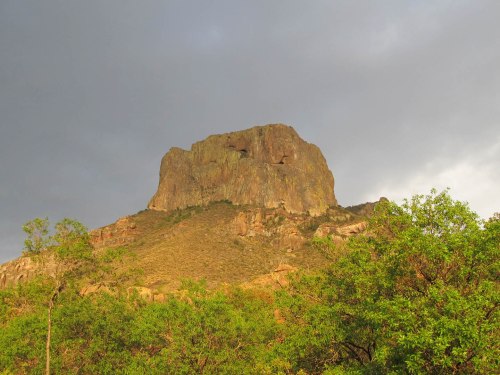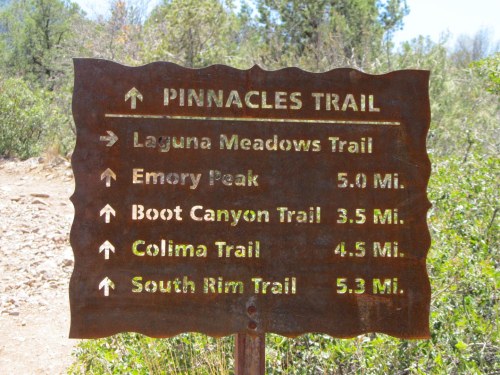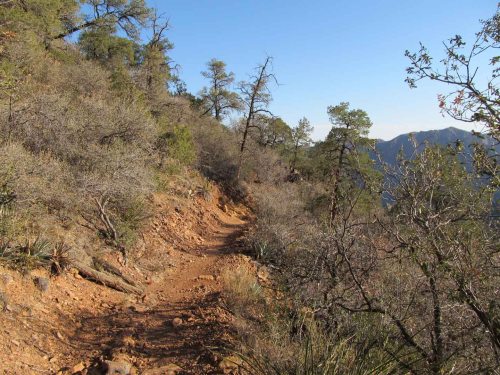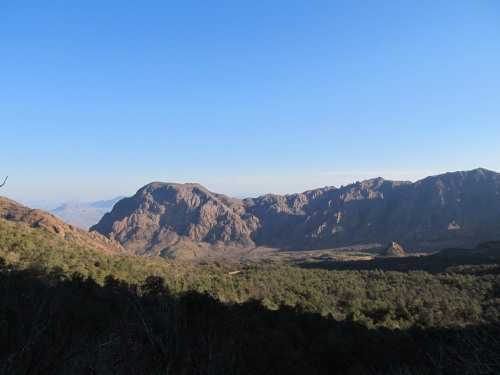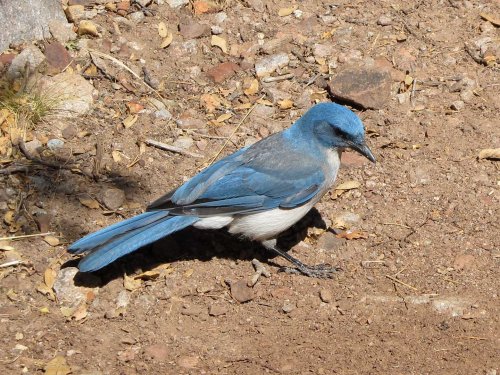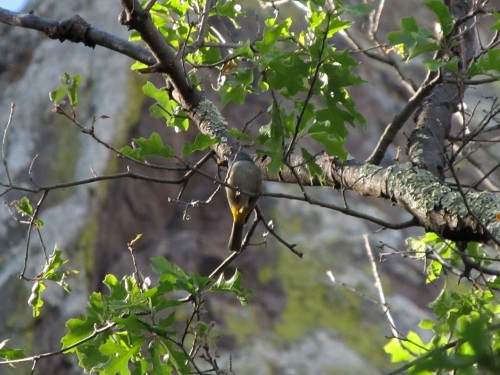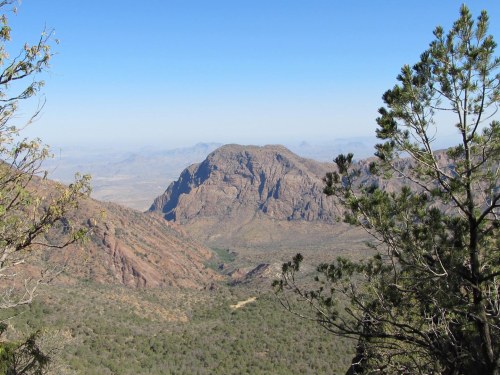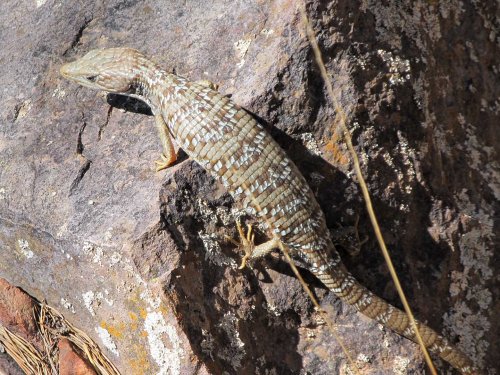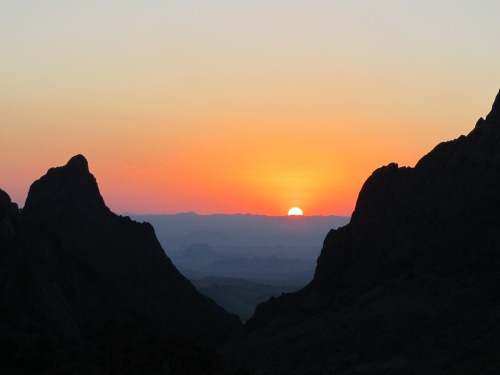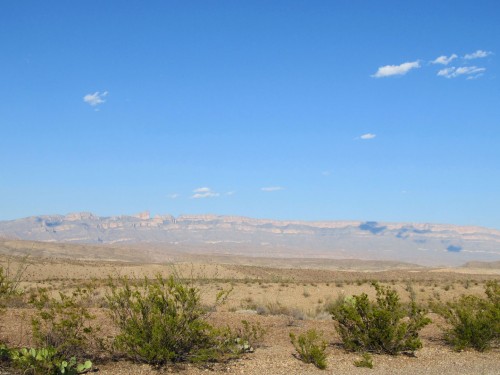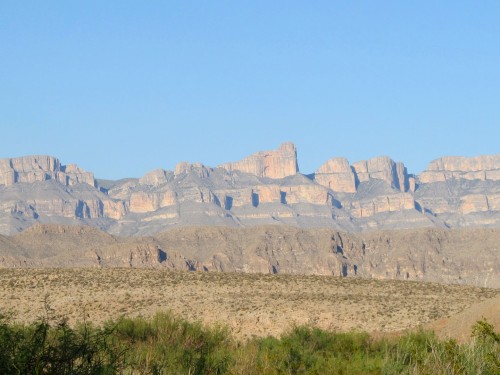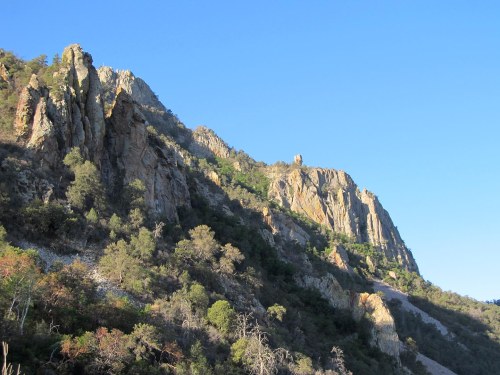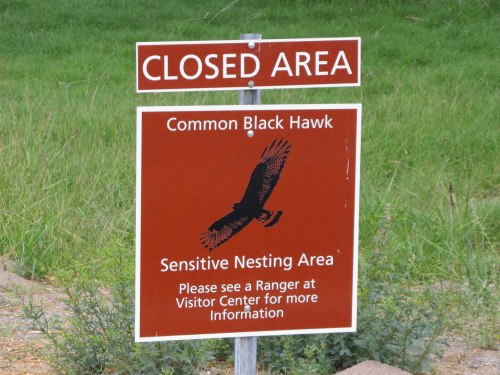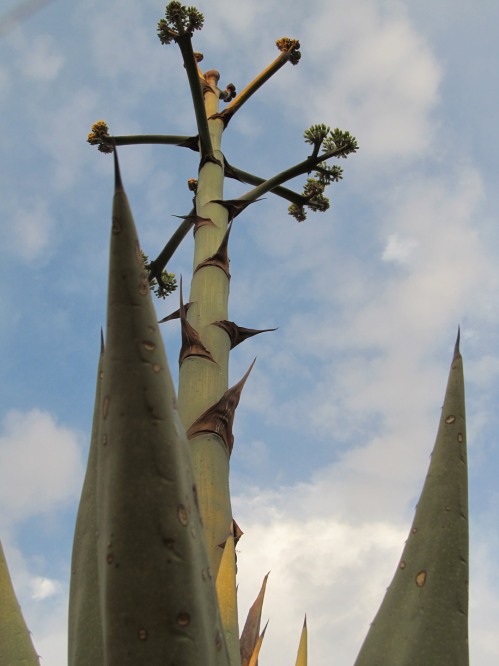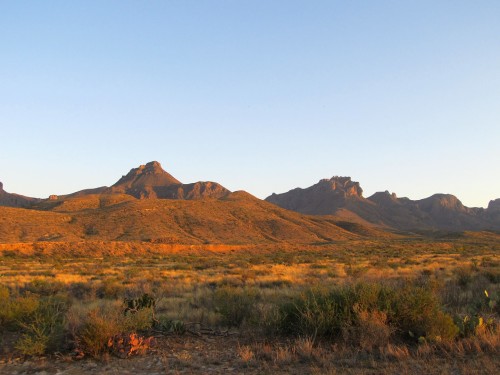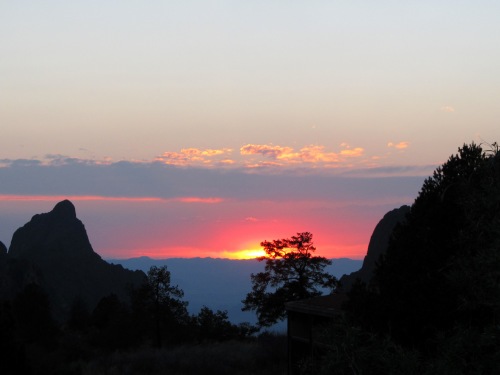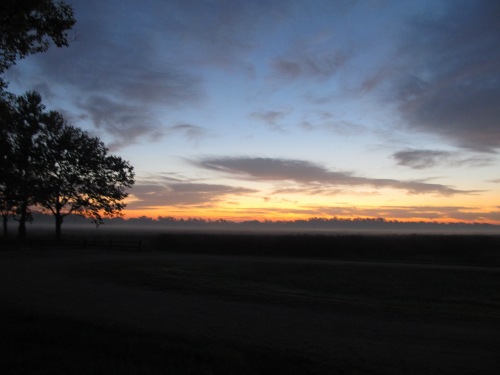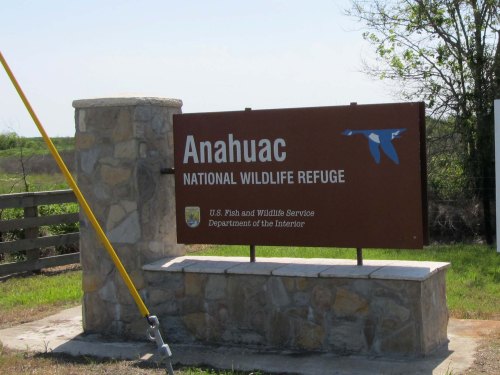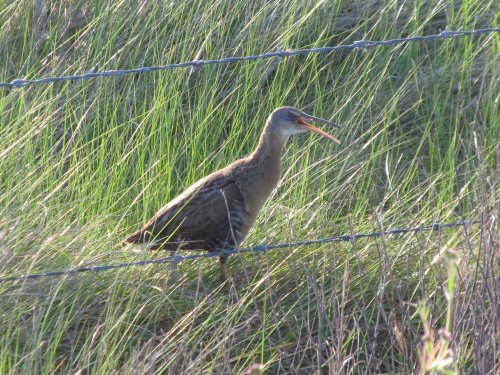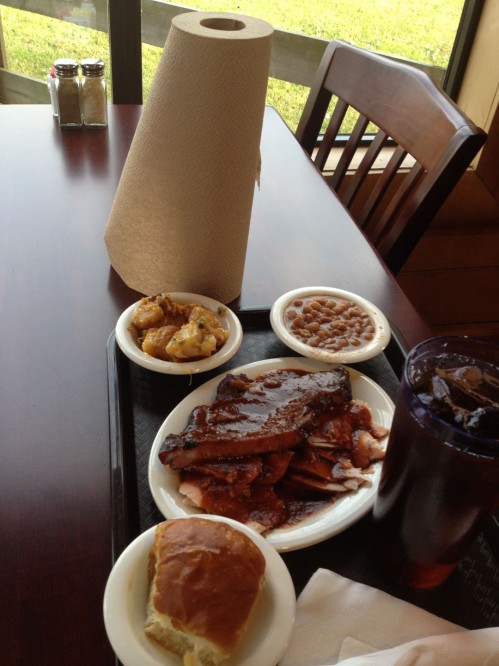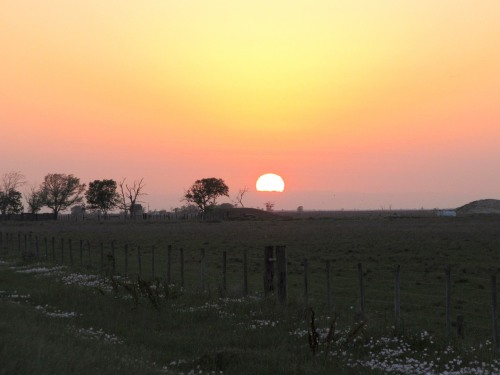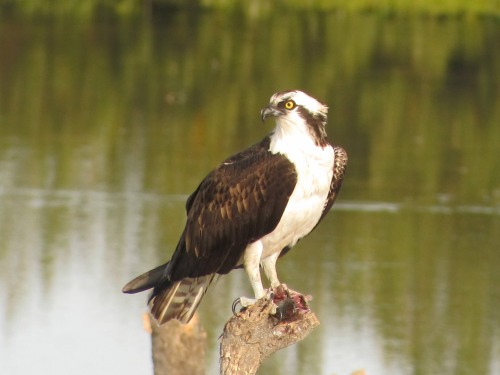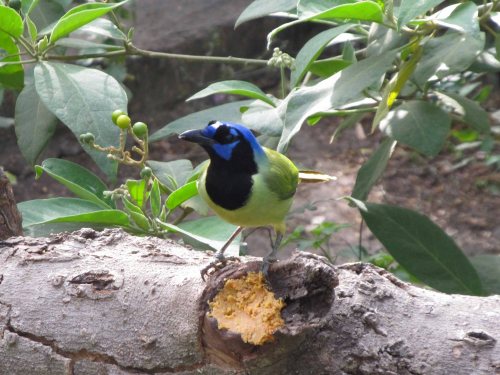People in Seattle often ask me why I go to Texas to go bird watching. And they often do so with a skeptical tone in their voice and a perplexed expression on their face. There are many reasons why Texas is arguably the very best place in the United States to go birding. One is the large number of specialties that occur here and nowhere else in this county or in the world (Golden-cheeked Warbler, Black-capped Vireo, and Attwater’s Prairie Chicken to name only three). A second reason is the proximity to the Mexican border, where many Mexican species reach their northern-most limits and a few rarities from further south occasionally just venture into the US (like Least Grebe and Crimson-collared Grosbeak). These reasons alone would make Texas a must-visit. But there is a third reason to come down to the Lone Star State, and it has to do with migration. In order to fully understand why Texas is such an amazing place to see migrating birds, it’s helpful to back up a minute and consider why birds migrate in the first place.
Migration is an expansive and complex phenomenon. Birds migrate for many different reasons. But here is a brief introduction to why many of our birds “fly south” in the winter and “fly north” in the summer. A big clue can be found in our global geography.

Even a casual glance at a world map shows that there is more land mass north of the equator than south of it. In addition, the two largest continents of the Southern Hemisphere taper to a point as they approach the South Pole, leaving a relatively small land mass at high southern latitudes near Antarctica. In contrast, continents in the Northern Hemisphere tend to flare outwards as they go north towards the pole, creating a huge expanse of territory in the north temperate and arctic regions. These lands in the northern US and Canada, northern Europe, and Siberia can be bitterly cold in winter, often locked below layers of ice and snow. In the summer however, these vast areas warm considerably. There is abundant nesting habitat, swarms of insects, and an explosion of seeds and fruits there during the brief boreal summer. In short, it is a paradise for birds, but only for a few short months from early May to the end of the September.
While many birds are content to live their lives in the tropics year round where temperatures are mild and food is consistently available, some species have discovered that it is worthwhile to travel north during our summer, feast on the incredible abundance present, raise their young, and then high-tail it out of there before the weather turns again. It is a risky strategy, but one that can pay huge dividends. We call these birds who have taken on this high risk/high reward lifestyle in the Americas “neotropical migrants.” They include our summer breeding songbirds like warblers, orioles, tanagers, and flycatchers. We often think of them as “our birds,” but really, we are just borrowing them for a few months. They spend most of the year in Central and South America, often leaving as early as August and not returning until May.
Now you can begin to appreciate why Texas can be an amazing place to see birds in the spring and the fall. Almost all of the neotropical migrants who breed anywhere in North America must pass through (or at least over) Texas twice a year. Anytime in April or September, you can be almost any place in Texas and see migrants passing through. But there are some locations which are truly special places to see migrating songbirds, especially the true dare-devils of this risk-loving group.
Suppose you are a Yellow Warbler, and you are trying beat all of your peers to the prime nesting habitat in an Ohio wetland. Arrive too early, and there are no insects to eat and you may freeze to death. Arrive too late, and all the of best territories and mates are already taken. So you need to race there as fast as you can right during the “Goldilocks” window – not too early, and not too late. Traveling up from Central America, you could play it relatively safe, and travel all the way around the Gulf of Mexico. Some birds do this; we call them “Circum-Gulf migrants.”
Traveling north, they eventually hit the Gulf of Mexico somewhere near the Yucatan Peninsula (perhaps at point A, below). There they scream “oh crap!” (or whatever birds scream when they find out that 600 miles of open water stand between them and that sexy female warbler they hope to find in Ohio), and turn to follow the Gulf all the way around the eastern coast of Mexico and up into Texas, arriving at Point B several days later:
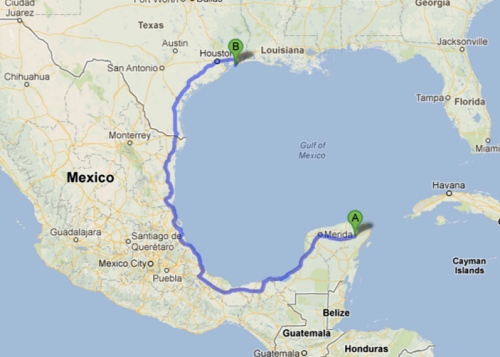
Of course, there are also the dare-devils that I mentioned earlier. They eye the Gulf and say to themselves, “Hey, 600 miles is no biggie. If I leave here at sunset, I could fly all night and all morning and be there by lunchtime – especially if the weather is good and I have a SE tailwind to push me along.” These extreme risk takers, called Trans-Gulf migrants, are making a pretty good bet. They can save a couple days of precious travel time by flying nonstop over the Gulf of Mexico. Of course they cannot eat or drink en route, and they can’t rest until they make landfall, some 18 hours later. For healthy birds, everything is usually fine unless they meet bad weather in transit, like a northerly headwind, rain, or (worst-case scenario) thunderstorms.
When the wind blows from the north or storms brew over the Texas shoreline, birders head to the coast, to places like High Island (point B on the map above). High Island is a tiny town just a couple dozen miles from the Louisiana border, and just half a mile from the beach. It sits on a salt dome, so it is a dozen feet above the surrounding salt marsh flats. The added elevation means that it’s the only place for miles and miles around that has trees (the little bit of added elevation means that their roots are not drowned by saltwater). The Houston Audubon Society has several small nature sanctuaries in High Island filled with trees and native vegetation.

Trans-Gulf migrants that hit unfavorable weather are in trouble. Some exhaust themselves and drown in the Gulf. The ones that make it to land are in desperate need of a place to rest and food to eat. They look for any suitable place to set down, even if it’s just a couple acres of trees like the nature preserves at High Island. Birders on the ground can watch birds literally falling out of the sky. You can see dozens and dozens of species – sometimes thousands of individual birds – hopping around at your feet and in the bushes, trying to find food and water and just rest for a minute. My wife and I once witnessed a dozen Scissor-tailed Flycatchers come in off the Gulf just over the waves and crash-land on the sand dunes, where they sat, exhausted. One April morning in Key West, I watched a thunderstorm precipitate a massive fallout of birds in a tiny park near the island’s tip. I saw 100 Yellow-billed Cuckoos and 300 Indigo Buntings flopping around the bushes and small trees, along with about 60 other species of birds. While fallouts are exciting for bird watchers, they are bad for bids. The daredevils are paying a heavy price for their high risk strategy, many forfeiting their lives.
I didn’t witness any spectacular fallouts this time in Texas, but I was near the coast on several occasions when a light mist was falling or when the wind shifted slightly from the north. At the South Padre Island Convention Center, there is a small planting of trees – really no bigger than a modest-sized suburban backyard. But it is one of the only natural shelters for miles around for tired migrants. The blue and yellow building in the picture below is the Convention Center; you can see the trees poking up slightly above the surrounding salt marsh:

One afternoon I watched that tiny area fill up with warblers, buntings, vireos, and orioles. Even normally shy species were too hungry and tired to play coy. This Black-throated Green Warbler flitted close around me for ten minutes, almost landing on my head:


As the Convention Center has become well known as a stopover place for migrant songbirds, volunteers have planted more trees and bushes, and even added a water feature for the birds. Drips and water features are very attractive for neotropical migrants, who are thirsty from their flight and often want to bath and clean their feathers. I saw a steady parade of birds come through the little pool, like this Yellow-rumped Warbler (left) and Nashville Warbler (right):

And then some Indigo Buntings came by:

And even a Painted Bunting, whose brilliant blue, red, and neon yellow-green plumage is not adequately captured by this bad photo:

On that particular day, Nashville Warblers were particularly abundant, and I watched a steady stream of them come by to bathe:
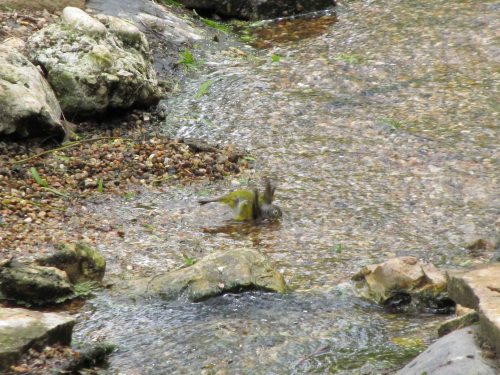
A group called the Valley Land Fund decided to add a little more migrant stop-over habitat about a mile south of the Convention Center. They bought up a number of adjacent vacant lots in a residential area, and planted them with trees and shrubs. They fenced them off, but also created many spaces for birders to see into the new natural gardens they made. In this way, the birds got a refuge, and birders got another place to watch the birds:


Of course some migrant birds like sandpipers and plovers don’t find sanctuary in trees on their journey. I’ll write about them in my next post.

